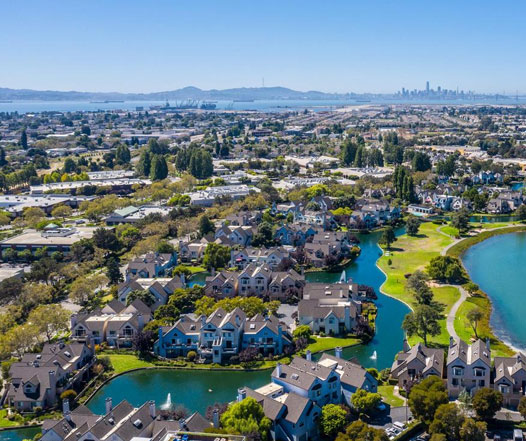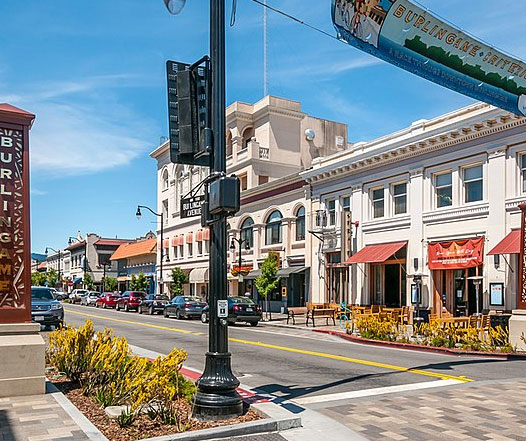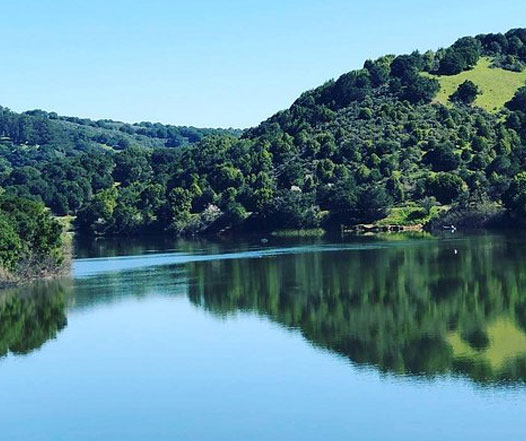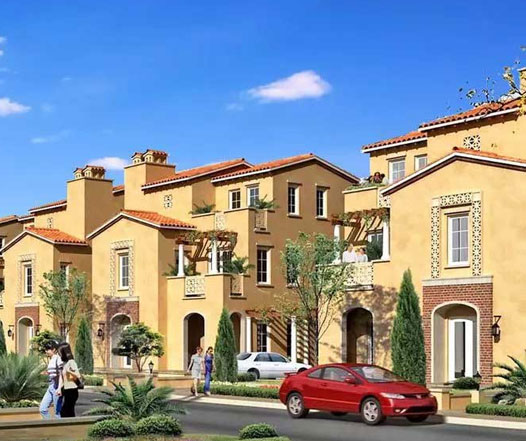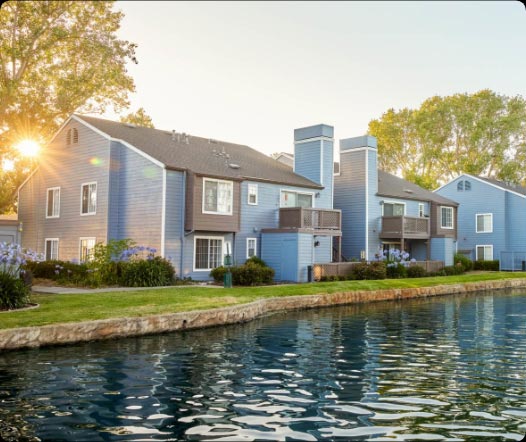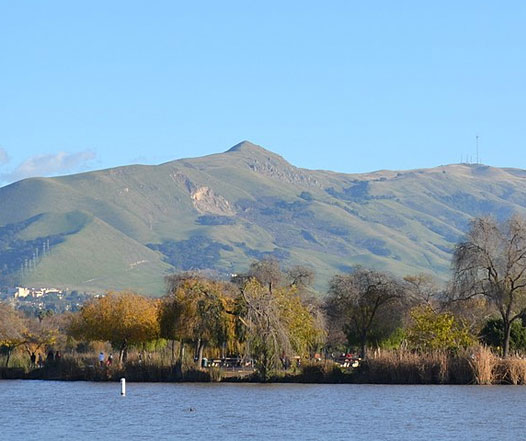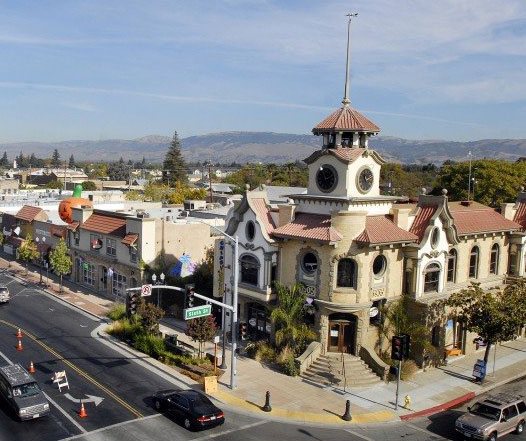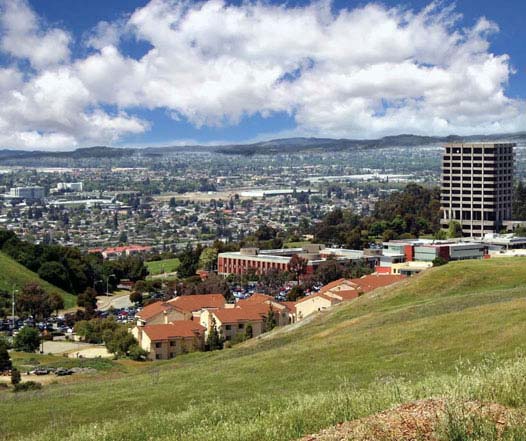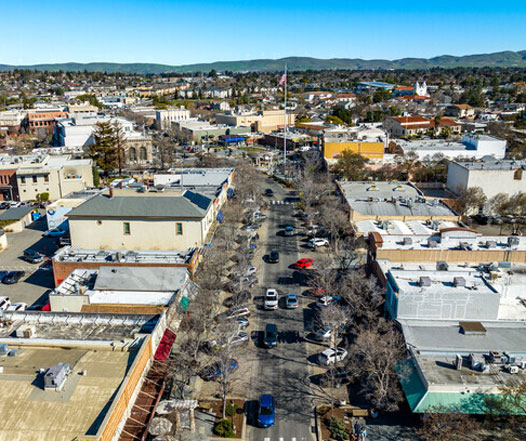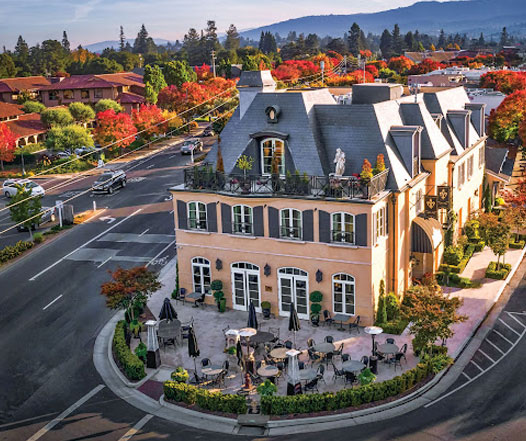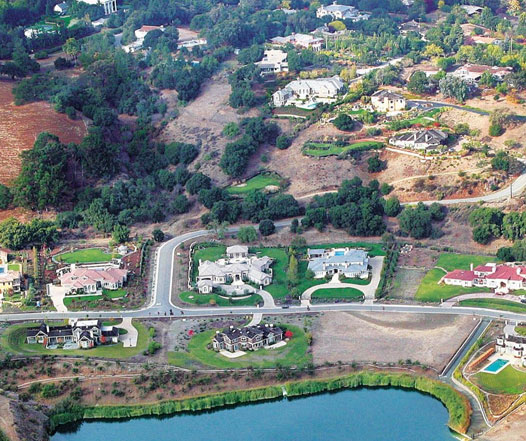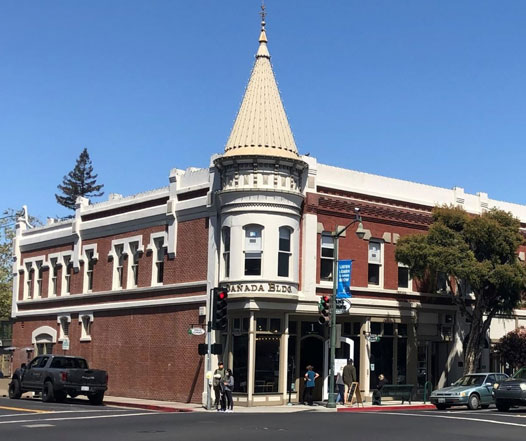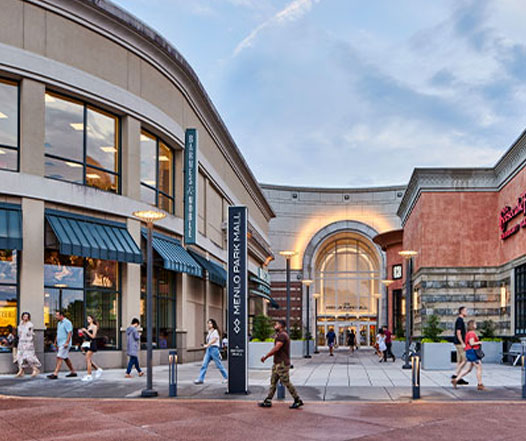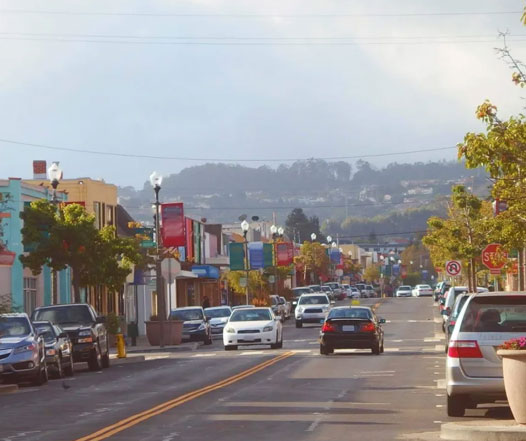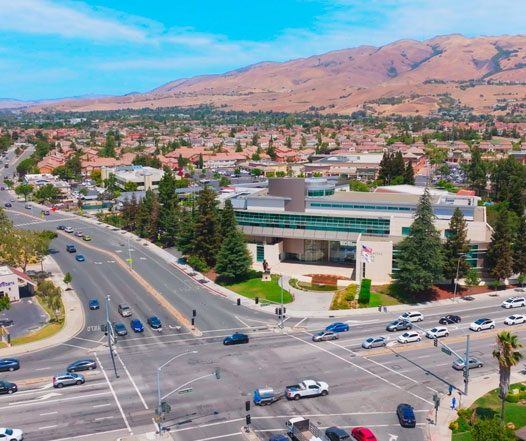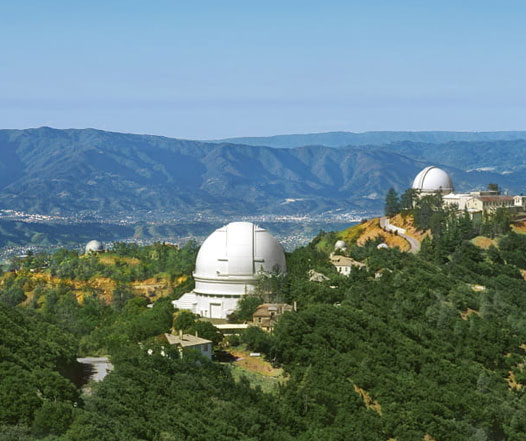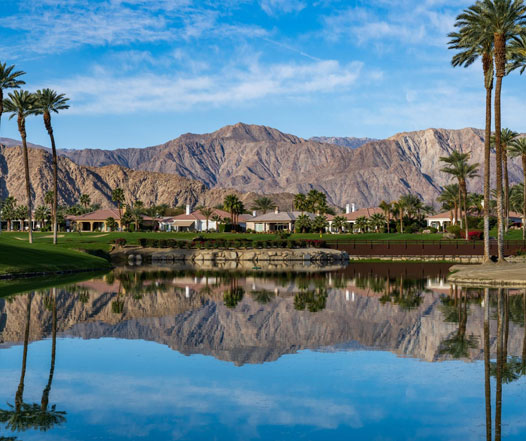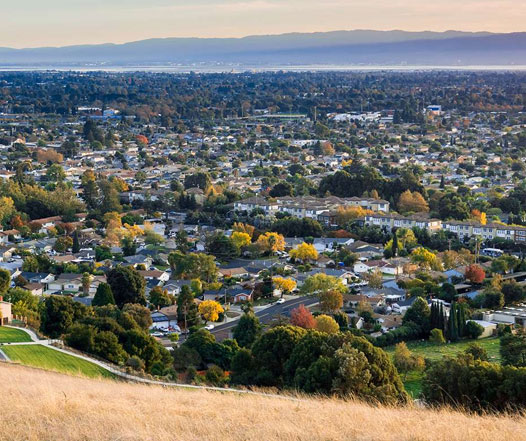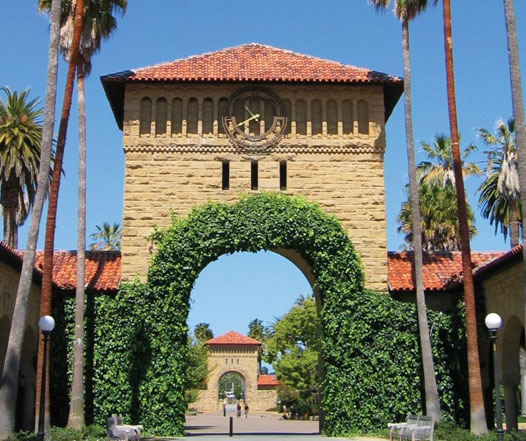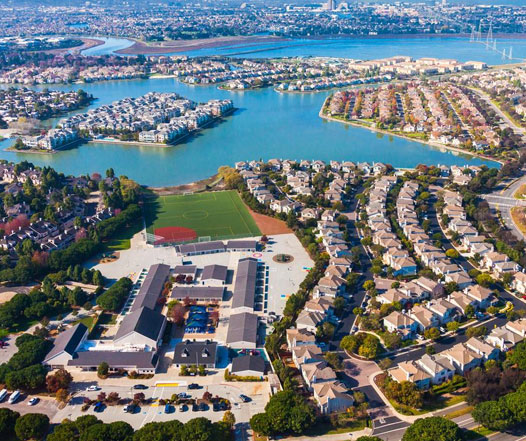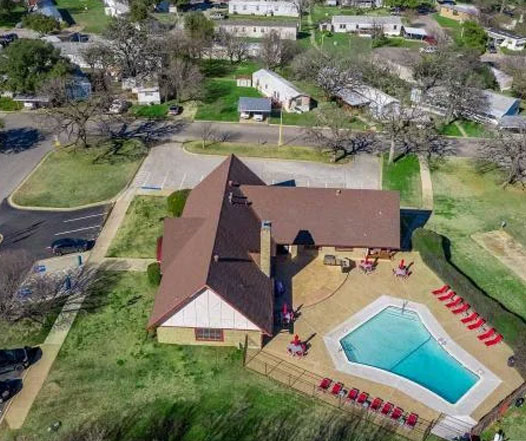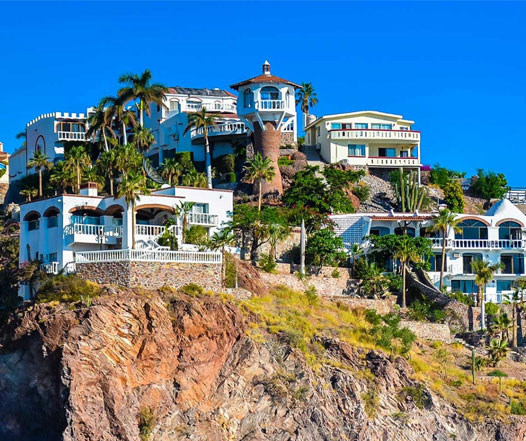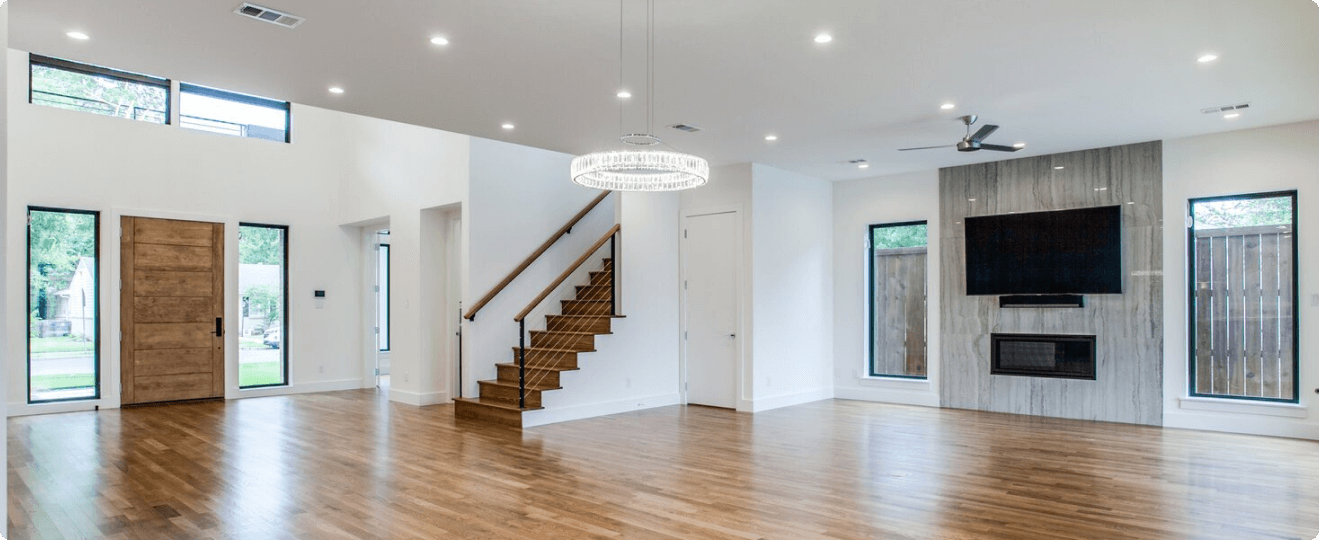
Introduction
San Bruno, a vibrant city in the heart of the Bay Area, has established comprehensive rules and regulations for the development of Accessory Dwelling Units (ADUs). These regulations aim to provide clear guidelines for property owners while promoting sustainable housing solutions. ADU Specialist Bay Area is here to assist in navigating these regulations, ensuring your ADU project meets all local requirements and is completed efficiently.
Essential ADU Rules for San Bruno
What you can build
Maximum size
ADUs can be up to 1,200 square feet.
Side / rear setbacks
Minimum setbacks of 4 feet are required.
Two stories
Two-story ADUs are allowed with specific design criteria.
Building separation
ADUs must be at least 10 feet from other structures.
Permitting timeline
Standard
Standard permits typically take 60 days to process.
Coastal
Coastal permits may require up to 90 days due to additional reviews.
Zoning Regulations in San Bruno
San Bruno’s zoning regulations ensure that ADUs are compatible with existing neighborhoods and infrastructure. Specific zones have distinct requirements for ADU development to maintain community character.
ADU Size Limitations
| Lot Size | Single-Family (Maximum Floor Area Allowed) | Duplex and Multi-Family (Maximum Floor Area Allowed) |
| Under 7000 | 700 sq ft | Not permitted |
| 7000 - 9999 | 800 sq ft | 1 ADU + 400 sq ft per existing unit (up to 1000 sq ft max) |
| 10000 - 12999 | 900 sq ft | 1 ADU + 450 sq ft per existing unit (up to 1000 sq ft max) |
| 13000 - 19999 | 1000 sq ft | 1 ADU + 500 sq ft per existing unit (up to 1000 sq ft max) |
| 20000+ | 1000 sq ft | 1 ADU + 550 sq ft per existing unit (up to 1000 sq ft max) |
ADU Height Limitations
ADUs in San Bruno must not exceed 16 feet in height to maintain neighborhood aesthetics.
Building Coverage
Total building coverage, including the primary residence and ADU, must not exceed 40% of the lot area.
Location
| Property Type | Location Requirement |
| Single-Family Homes | Attached ADUs: Must comply with main building setbacks |
| Detached ADUs: Must be located behind the primary residence | |
| Junior ADUs (JADUs): Must be within the existing home footprint | |
| Duplex and Multifamily | Attached ADUs: Must comply with main building setbacks |
| Detached ADUs: Must be located behind the primary residence |
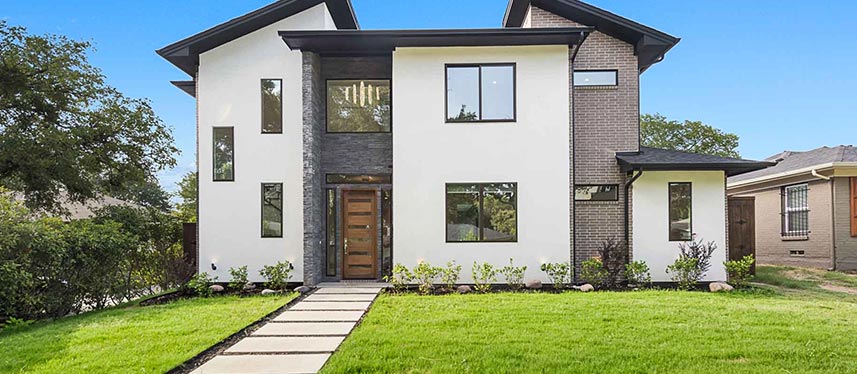
Exterior details
ADUs must match the primary dwelling’s exterior design, including roof pitch, siding, and color, to ensure visual harmony.
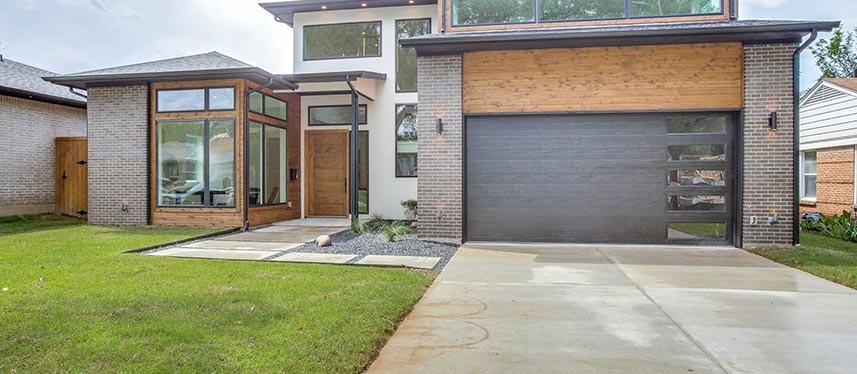
Parking
One parking space per ADU is required, unless within half a mile of public transit or in a designated parking reduction zone.
Setbacks and buffer zones
Minimum setbacks for ADUs include 4 feet from side and rear property lines to ensure privacy and accessibility.
Minimum Lot Area
| Lot Size | Minimum Lot Area for ADU | Description |
| Under 7000 | ADUs not permitted | ADUs are not allowed on lots under 7000 sq ft |
| 7000 - 9999 | 7000 sq ft | ADUs permitted if lot meets this size requirement |
| 10000 - 12999 | 10000 sq ft | ADUs allowed if the lot is at least this size |
| 13000 - 19999 | 13000 sq ft | Lot must be at least 13000 sq ft to add an ADU |
| 20000+ | No minimum lot area requirement | ADUs can be built on any lot size |
Connection for utilities
ADUs must have separate utility connections for water, electricity, and sewage, ensuring independent service.
Fire safety
Fire safety regulations require ADUs to have smoke detectors, fire extinguishers, and comply with local fire codes for egress and materials.
Room specifications
- Sleeping Areas: Must include proper egress windows and a minimum of 70 square feet of space.
- Kitchen: Must have a sink, cooking appliance, and refrigeration facilities.
- Bathroom: Must include a toilet, sink, and bathing facilities.
- Storage: Adequate storage space must be provided within the ADU.
Short-term Rentals and Home Occupations Regulations
Short-term rentals are not permitted for ADUs to maintain housing stability. Home occupations must not generate excessive traffic or noise.
Building Codes
ADUs must comply with all local building codes, including structural, electrical, plumbing, and mechanical standards.
San Bruno ADU Permit Guidelines
| Permit Type | Description | Estimated Fee |
| Building Permit | Required for ADU construction. | $2500 - $5000 |
| Electrical Permit | Necessary for electrical work. | $400 - $700 |
| Plumbing Permit | Necessary for plumbing installations. | $400 - $700 |
| Mechanical Permit | Necessary for HVAC installations. | $400 - $700 |
| Grading Permit | Required for any grading work. | $300 - $500 |
| Site Development Permit | Required for site development activities. | $300 - $500 |
| Zoning Permit | Required to ensure compliance with zoning laws. | $200 - $400 |
Property Requirements
Properties must meet specific zoning and structural requirements to qualify for ADU development, including setbacks, coverage, and utility connections.
Parking
Properties must provide one additional parking space for the ADU unless located near public transit or in designated parking reduction zones.
Front setbacks
Front setbacks for ADUs must comply with the same requirements as the primary residence, typically around 20 feet.
Side and rear setbacks
Side and rear setbacks for ADUs must be at least 4 feet to ensure privacy and proper spacing between buildings.
Open space and rear yards
ADUs must not significantly reduce the open space or rear yard areas of the primary residence, maintaining a balance between built and open areas.
Properties That Qualify
To determine your property’s eligibility for ADU development, contact the San Bruno Planning Department.
- Verify that your property is within San Bruno’s jurisdiction.
- Check the specific residential zones that permit ADUs. Common zones in San Bruno include R-1, R-2, and R-M.
- Other General Plan designations that permit ADUs:

- Residential Mixed-Use (RMU): ADUs are encouraged to enhance housing diversity.
- Transit-Oriented Development (TOD): ADUs support increased density near transit hubs.
- Specific Plan areas: Specific areas designated for strategic growth and development include ADU-friendly zones.
Development standards
Single-family
- Attached: Must share a common wall with the primary residence and comply with all building codes.
- Detached: Must be located behind the primary residence and meet separate building and zoning standards.
Duplex properties
- Attached: Must adhere to the same requirements as single-family attached ADUs, sharing walls with one unit.
- Detached: Must be positioned behind the main duplex structure, maintaining clear separation from other units.
Multifamily properties
- Attached: Must comply with multifamily building standards, integrating seamlessly with existing structures.
- Detached: Must be located in the rear of the property, ensuring minimal disruption to existing units.
Junior ADUs (JADUs)
JADUs must be created within the existing footprint of the primary residence and include separate living facilities.
Property designations
- Flood Zones: ADUs in flood zones must meet additional elevation and construction requirements to mitigate flood risk.
- Geohazard Zones: Properties in geohazard zones require special engineering assessments to ensure stability and safety.
- Historic Designation: ADUs on historic properties must comply with preservation guidelines to maintain the site’s historical integrity.
- Easements: ADUs must respect all existing easements, ensuring no interference with utility or access rights.
Summary
San Bruno provides a structured yet flexible framework for ADU development, ensuring that property owners can enhance their living spaces while maintaining community standards. ADU Specialist Bay Area is dedicated to guiding you through the process, from initial planning to final construction, ensuring compliance and quality every step of the way.
FAQ
The maximum size for an ADU in San Bruno is 1,200 square feet. This allows for ample living space while ensuring the unit remains secondary to the primary residence.
Yes, two-story ADUs are permitted in San Bruno, provided they meet specific design criteria and height limitations to ensure neighborhood compatibility.
ADUs must have a minimum side and rear setback of 4 feet. These setbacks help maintain privacy and accessibility for both the ADU and neighboring properties.
The standard permitting timeline in San Bruno is approximately 60 days. Coastal permits may take up to 90 days due to additional reviews required.
No, short-term rentals are not permitted for ADUs in San Bruno to maintain housing stability and availability for long-term residents.
Yes, ADUs in San Bruno must not exceed 16 feet in height to ensure they are compatible with the surrounding neighborhood and do not overshadow adjacent properties.
Yes, ADUs must have separate utility connections for water, electricity, and sewage to ensure independent service and billing.
One additional parking space per ADU is required, unless the property is located within half a mile of public transit or in a designated parking reduction zone.
Properties must be within San Bruno’s jurisdiction and meet specific zoning requirements, including residential zones like R-1, R-2, and R-M.
No, ADUs are not permitted on lots smaller than 7,000 square feet in San Bruno to ensure adequate space and infrastructure support.
The total building coverage, including the primary residence and ADU, must not exceed 40% of the lot area.
Yes, ADUs in flood zones must meet additional elevation and construction requirements to mitigate flood risk and ensure safety.
The minimum lot area required varies, with a general requirement of at least 7,000 square feet for most ADUs.
Yes, ADUs must match the primary dwelling’s exterior design, including roof pitch, siding, and color, to ensure visual harmony.
Yes, garage conversions are allowed and are a popular option for creating ADUs, provided they meet all local building and zoning codes.
ADUs must include smoke detectors, fire extinguishers, and comply with local fire codes for egress and materials.
ADUs must comply with all local building codes, including structural, electrical, plumbing, and mechanical standards, ensuring safety and durability.
Yes, ADUs can be rented out, but they must comply with long-term rental regulations to support housing stability.
Permit fees can range from $200 to $5,000, depending on the type of permit required. Additional construction costs will vary based on the project scope.
Yes, if your ADU project involves significant grading work, a grading permit is required to ensure proper land management and safety.
Yes, attached ADUs are allowed in multifamily properties, provided they comply with specific building and zoning standards.
The process includes submitting detailed plans, undergoing site inspections, and meeting all local zoning and building codes. ADU Specialist Bay Area can assist with this process.
Yes, ADUs in historic districts must comply with preservation guidelines to maintain the historical integrity of the area.
JADUs must be created within the existing footprint of the primary residence and include separate living facilities, such as a kitchenette and bathroom.
ADU Specialist Bay Area provides comprehensive support, from initial consultation and planning to navigating local regulations and completing the construction, ensuring a smooth and compliant project.
